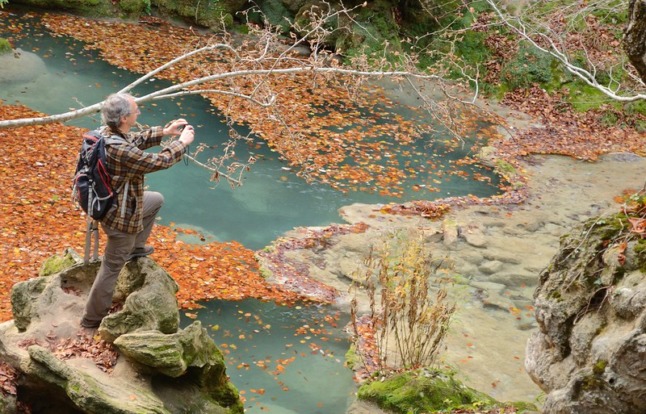Spain is famous for its long hot summers and amazing beach holidays, but that doesn’t mean the country shuts down for the rest of the year.
Indeed, much of the more enjoyable travelling in the country happens after the usual tourists crowds head home and temperatures become milder.
Autumn is a more intimate season in Spain, a chance to explore quieter corners and the great outdoors as landscapes turn from vivid green to orange and ochre.
From incredible hiking in the Pyrenees to subtropical forests in the Canary Islands, The Local has put together a list of some of Spain’s best autumn getaways.
Val d’Aran, Catalonia
The unique Aran Valley is the only part of Catalonia on the northern side of the Pyrenees. In winter it’s a popular ski area but in autumn its dramatic mountain peaks and exquisite villages make for perfect hiking country.
The valley is also a paradise for linguists with locals here speaking Spanish, Catalan and their very own Aranese, a dialect of Occitan which only a few locals speak.

Photo: Paco CT/Flickr

Photo: Javier R. Linera/Flickr
La Gomera, Canary Islands
If fog, mists and open fires aren’t your thing, head to Spain’s Canary Islands for some autumn sunshine. And while all the islands offer something special, tiny La Gomera is a chance to really get away from it all. This volcanic island is only 22km (14 miles) in diameter, but don’t let size fool you. Here you’ll you find spectacular beaches and cliffs, and an incredible array of microhabitats, including subtropical rainforest. What are you waiting for?
READ MORE: Seven wonders that make a visit to Spain’s La Gomera worth it

Photo: Jörg Bergmann/Flickr
Penedés, Catalonia
The Penedès wine region where cava — Spain’s answer to champagne — is produced is less than one hour’s drive from Barcelona but hiking around vineyards once there can be thirsty work. The solution? Whizz through the wineries on a Segway for a tipsy two-wheeled tasting tour.
 Photo: hlehto/Flickr
Photo: hlehto/Flickr

Photo: Porschista/Flickr
 Photo: AFP
Photo: AFP
Photo: tuulijumala/Depositphotos
 Photo: Jorge López/Flickr
Photo: Jorge López/Flickr
Photo: mmedp/Depositphotos


Photo: mimadeo/Depositphotos

Photo: Munea Viajes/Flickr
This amazing landscape on the border between Galicia and Castilla y Leon is really worth the effort. Once the Roman Empire’s most important gold mine, archeologists have since uncovered several Roman settlements nearby too. With its red earth and wooded hills, it’s a great place to enjoy autumnal walks.




 Please whitelist us to continue reading.
Please whitelist us to continue reading.
Member comments